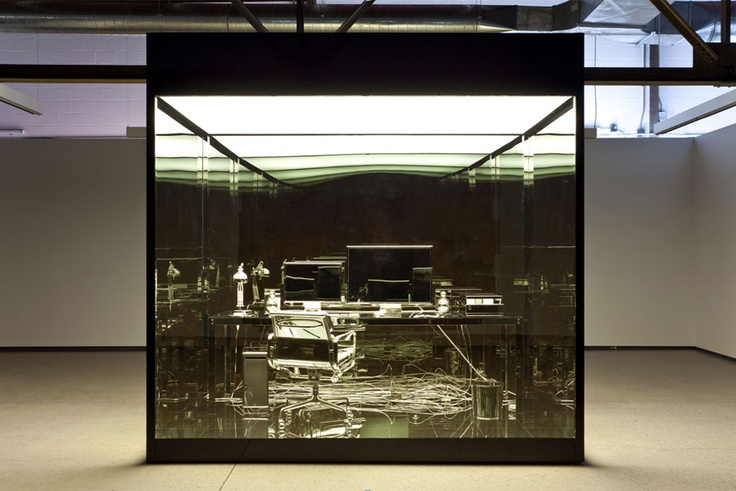Polazeći od kritike estetike Jacquesa Rancièrea, Nathan Brown ponovno sagledava odnos između rada, tjelesnosti i medija kroz opus umjetnika Nicolasa Baiera. Predavanje “The Distribution of the Insensible” je prvotno održano u MaMi na simpoziju Umjetnost pojma, a članak je upravo objavljen u časopisu Mute.
Tools, machines, factory buildings and containers are only of use in the labour process as long as they keep their original shape, and are ready each morning to enter into it in the same form. And just as during their lifetime, that is to say during the labour process, they retain their shape independently of the product, so too after their death. The mortal remains of machines, tools, workshops etc., always continue to lead an existence distinct from that of the product they helped to turn out.
Tools, machines, factory buildings and containers are only of use in the labour process as long as they keep their original shape, and are ready each morning to enter into it in the same form. And just as during their lifetime, that is to say during the labour process, they retain their shape independently of the product, so too after their death. The mortal remains of machines, tools, workshops etc., always continue to lead an existence distinct from that of the product they helped to turn out.
– Karl Marx, Capital, Volume I
Jacques Rancière theorises the relation between politics and aesthetics in terms of ‘the distribution of the sensible.’ In what follows I want to consider the distribution of the insensible, and I want to argue that it is the specificity of this problem which allows us to think the relation between the history of capital and the history of mimesis. Crucially, I want to show how the relation between those two histories is mediated by another: the history of technology. The relation between the history of capital and the history of mimesis is mediated by the history of technics. And it is through this history, this mediation, that art takes up techniques which throw us back outside the history of capital, outside the history of mimesis – indeed, outside the history of the human, the history of thought, and the history of sensation. Art comes to do so within and through the technical means to which the linked histories of capital, mimesis, and technics give rise. These are my positive claims, my theses if you will, which I eventually want to develop and illustrate through the recent work of a contemporary Montreal artist, Nicolas Baier.
Cijeli članak pročitajte ovdje.
